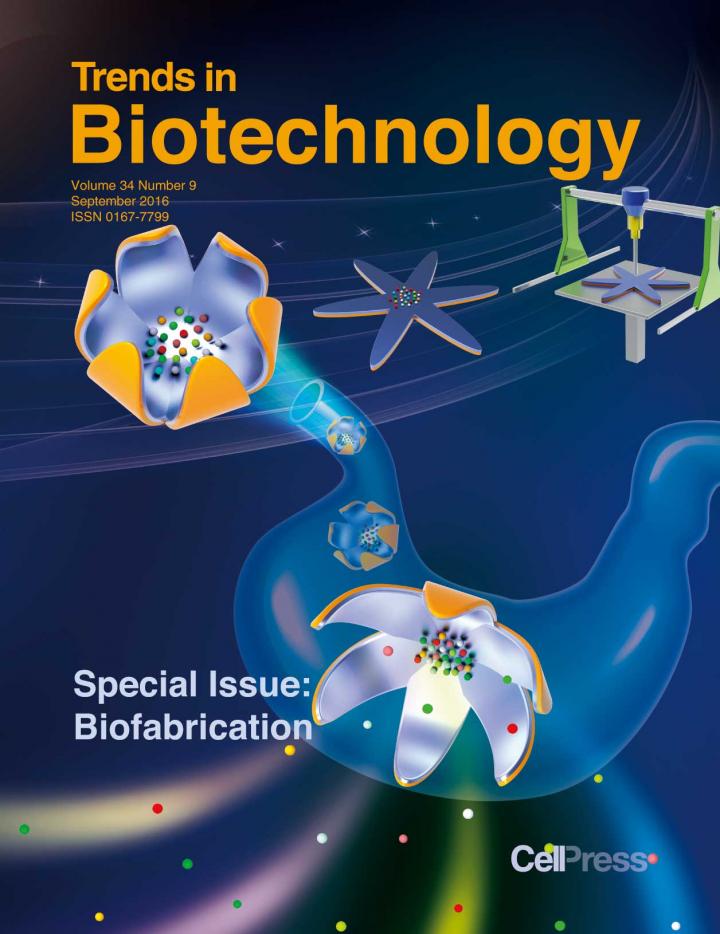益生菌城市:健康城市生态系统的微生物组集成设计。
IF 14.3
1区 工程技术
Q1 BIOTECHNOLOGY & APPLIED MICROBIOLOGY
Trends in biotechnology
Pub Date : 2024-08-01
Epub Date: 2024-02-16
DOI:10.1016/j.tibtech.2024.01.005
引用次数: 0
摘要
将微生物组科学与生物综合设计相结合,为帮助解决城市生态系统退化和人类疾病等相互交织的挑战提供了机会。生物集成材料具有抗击超级细菌和修复污染的潜力,而在景观材料中接种微生物群则可以促进人体免疫调节和生物多样性的绿色基础设施,为 "益生菌城市 "做出贡献。本文章由计算机程序翻译,如有差异,请以英文原文为准。
Probiotic Cities: microbiome-integrated design for healthy urban ecosystems.
Combining microbiome science and biointegrated design offers opportunities to help address the intertwined challenges of urban ecosystem degradation and human disease. Biointegrated materials have the potential to combat superbugs and remediate pollution while inoculating landscape materials with microbiota can promote human immunoregulation and biodiverse green infrastructure, contributing to 'probiotic cities'.
求助全文
通过发布文献求助,成功后即可免费获取论文全文。
去求助
来源期刊

Trends in biotechnology
工程技术-生物工程与应用微生物
CiteScore
28.60
自引率
1.20%
发文量
198
审稿时长
1 months
期刊介绍:
Trends in Biotechnology publishes reviews and perspectives on the applied biological sciences, focusing on useful science applied to, derived from, or inspired by living systems.
The major themes that TIBTECH is interested in include:
Bioprocessing (biochemical engineering, applied enzymology, industrial biotechnology, biofuels, metabolic engineering)
Omics (genome editing, single-cell technologies, bioinformatics, synthetic biology)
Materials and devices (bionanotechnology, biomaterials, diagnostics/imaging/detection, soft robotics, biosensors/bioelectronics)
Therapeutics (biofabrication, stem cells, tissue engineering and regenerative medicine, antibodies and other protein drugs, drug delivery)
Agroenvironment (environmental engineering, bioremediation, genetically modified crops, sustainable development).
 求助内容:
求助内容: 应助结果提醒方式:
应助结果提醒方式:


